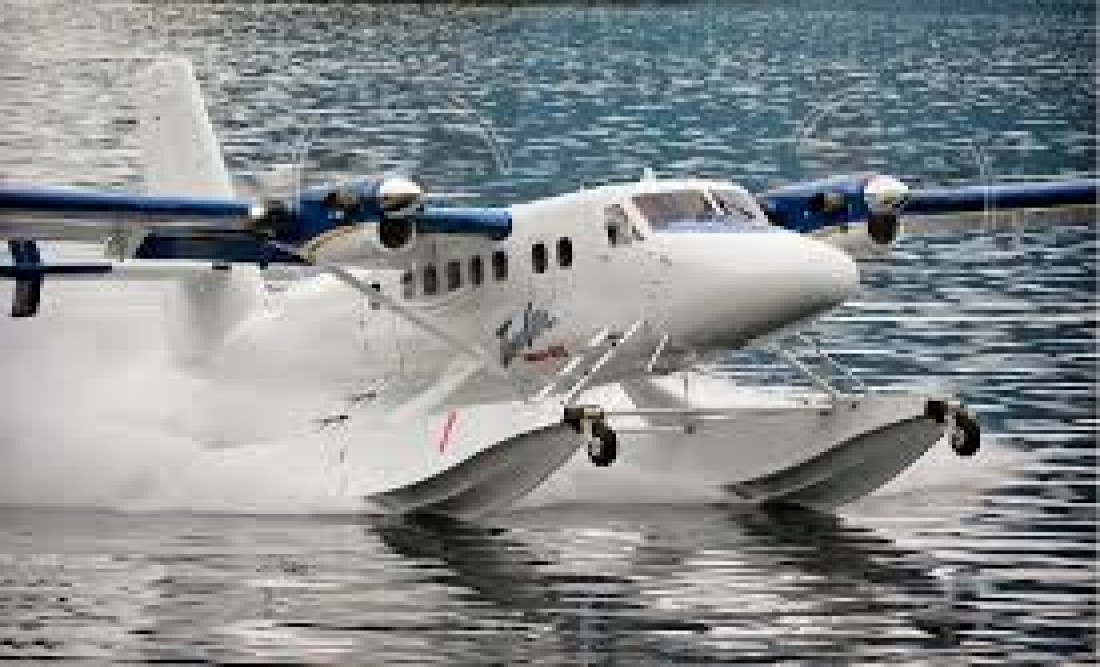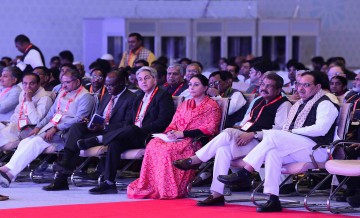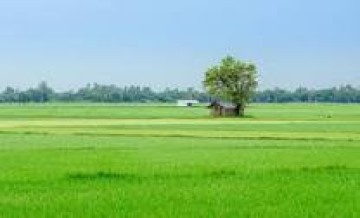Kerala's Seaplane Adventure: Connecting Scenic Backwaters and Beyond!

New Delhi 16 Nvember (VNI) Kerala has launched an innovative seaplane service to boost tourism and enhance connectivity, linking major tourist spots with scenic backwaters and airports across the state. Operated by a Switzerland-based private company in collaboration with SpiceJet, the 'De Havilland Canada' seaplane arrived at Bolgatty Waterdrome with a ceremonial water salute on last sunday evening. Flagged off by State Tourism Minister P.A. Mohamed Riyas, the trial service runs between Bolgatty Palace and Mattupetty Dam under the RCS-UDAN scheme, offering subsidized fares to make travel more affordable.
With capacities of 9 to 30 passengers, the seaplane will operate from floating waterdromes, providing a unique experience as travelers explore Kerala’s beautiful landscapes. According to media reports ,Tourism Secretary K Biju highlighted that this initiative will stimulate local tourism, creating jobs and business opportunities, and making Kerala an even more attractive destination for domestic and international tourists.
Understanding Seaplane Flying
Seaplane flying involves aircraft designed to take off and land on water, commonly known as "floatplanes." Equipped with floats or pontoons, seaplanes can navigate water surfaces, allowing access to remote or scenic areas otherwise unreachable. Kerala’s seaplane service utilizes these capabilities to showcase the state’s backwaters and remote natural beauty.
Types of Seaplanes
Amphibious Seaplanes: These versatile planes are equipped with retractable landing gear, allowing them to operate from both water and land, adding flexibility for diverse travel experiences.
Floatplanes: The most common type, floatplanes are built for exclusive water operation with floats permanently attached to the fuselage. They are ideally suited for Kerala's backwater routes.
ying Boats: With a boat-like hull that floats on water, flying boats can carry larger passenger loads and operate in rougher water, though they are less common.
Specialized Seaplane Equipment
Floats: Made from durable materials like aluminum, floats provide buoyancy and stability, enabling water landings and takeoffs.
Retractable Wheels: Some seaplanes have wheels to switch between land and water operations, adding mobility and flexibility.
Beaching Gear: Wheels or skids attached to floats allow seaplanes to be parked onshore without extra infrastructure.
Key Considerations for Seaplane Operation
Water Conditions: Pilots assess wave height, wind, and currents before takeoff to ensure safety.
Pre-flight Inspections: Checks on floats, hulls, and rudders are critical to maintaining optimal water performance.
Docking and Mooring: Proper techniques ensure stability and prevent damage, especially in variable tidal conditions.
Water Taxiing: Pilots maneuver seaplanes on water to reach takeoff points, requiring practice to handle water dynamics effectively.
Kerala’s seaplane service not only enhances tourism connectivity but also offers travelers a unique, scenic view of the state's enchanting waterways and landscapes. This initiative places Kerala on the map for adventurous and innovative tourism, attracting both domestic and international travelers.
No comments found. Be a first comment here!









